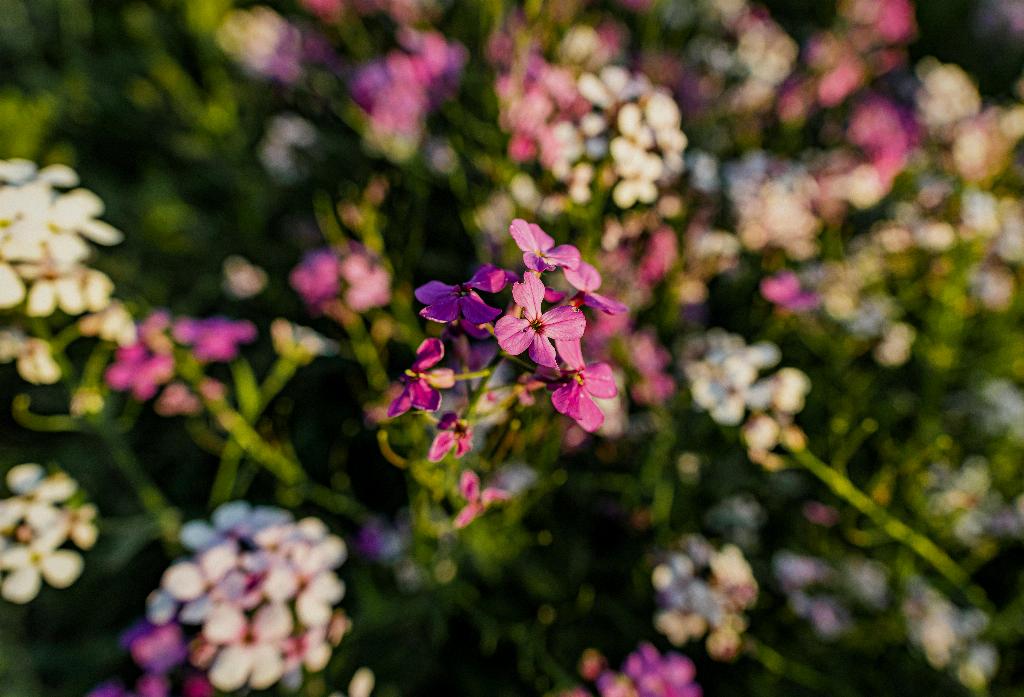Deadheading flowers is a common practice in gardening to promote continuous blooming and maintain the aesthetics of your garden. When it comes to phlox plants, deadheading can play a crucial role in ensuring the longevity of their vibrant blooms. In this article, we will explore the importance of deadheading phlox plants and provide you with all the information you need to keep your phlox looking healthy and beautiful throughout the growing season.
Understanding Phlox Plants
Phlox plants, known for their colorful and fragrant flowers, are popular choices for gardeners looking to add a pop of color to their outdoor spaces. These versatile plants come in various sizes and types, including creeping phlox and tall garden phlox, making them suitable for different garden themes and styles.
Deadheading Phlox Plants
Deadheading is the process of removing faded flowers from plants to prevent the formation of seeds and encourage the growth of new blooms. While some newer varieties of phlox are sterile, deadheading remains a beneficial practice that helps maintain the overall health and appearance of the plants.
When to Deadhead Phlox
Signs that indicate it’s time to deadhead your phlox plants include the presence of wilted or faded flowers. The best time to deadhead phlox is after the bloom has faded but before seeds have formed. By staying attentive to the condition of your phlox blooms, you can ensure timely deadheading for optimal results.
How to Deadhead Phlox Plants
Deadheading phlox requires minimal tools, such as handheld pruners or shears. To deadhead your phlox plants, simply cut the faded flower clusters just above a set of healthy leaves to encourage new growth. Following a step-by-step guide for deadheading phlox will help you maintain the health and appearance of your plants.
Common Mistakes to Avoid When Deadheading Phlox
Two common mistakes to avoid when deadheading phlox include over-deadheading, which can stress the plant, and not deadheading correctly, which can hinder new growth. By being mindful of these pitfalls, you can ensure effective deadheading practices that benefit your phlox plants.
Alternatives to Deadheading Phlox Plants
If deadheading seems too labor-intensive, there are alternative methods to encourage continuous blooming in your phlox plants. Natural techniques such as proper watering and fertilization can promote healthy growth, while low-maintenance options like selecting self-cleaning phlox varieties can reduce the need for deadheading.
Conclusion
In summary, deadheading phlox plants is a valuable practice that helps maintain the beauty and vitality of these colorful flowers. By understanding the benefits of deadheading, recognizing when and how to deadhead your phlox, and avoiding common mistakes, you can ensure that your phlox plants thrive throughout the growing season. Incorporating deadheading into your phlox care routine can result in a garden filled with vibrant blooms and healthy plants.
Remember, regular deadheading can be a rewarding task that not only enhances the visual appeal of your garden but also promotes the overall well-being of your phlox plants. So, grab your pruners and get ready to deadhead your way to a blooming garden!

